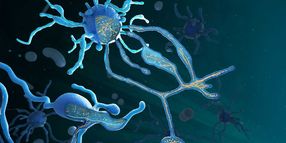Researchers identify key protein that promotes DNA repair and prevent cancer
A research team, affiliated with UNIST has unveiled a key factor involved in the DNA damage response (DDR), homologous recombination (HR) and DNA interstrand crosslink (ICL) repair. According to the research team, their findings are expected to establish an effective control environment for chromosome instability (CIN), a major factor in cancer evolution, and further help combat malignant tumors.
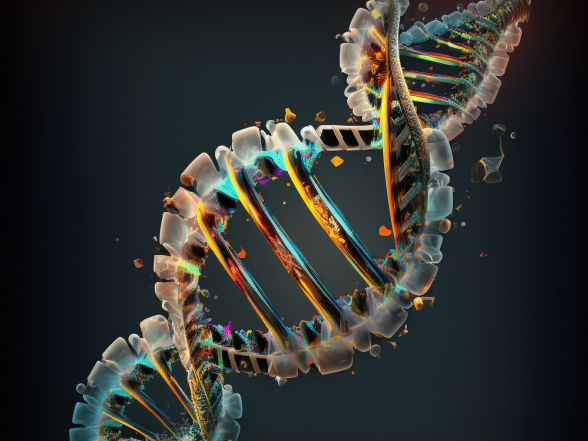
Computer generated picture
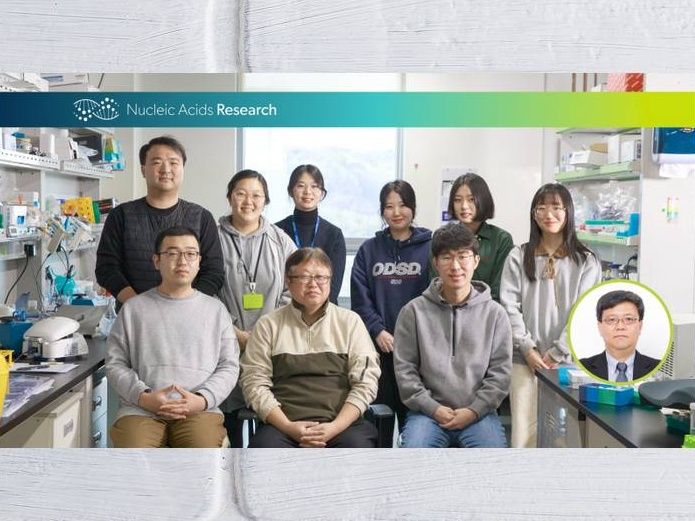
This breakthough has been jointly led by Professor Hongtae Kim (center) and Professor Kyungjae Myung (far right) in the Department of Biological Sciences at UNIST.
UNIST
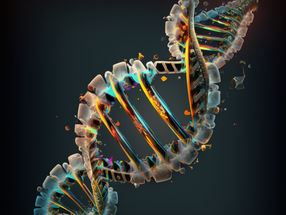
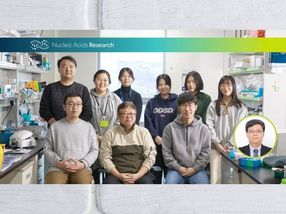
Published in the January 2023 issue of Nucleic Acids Research, this breakthrough has been jointly led by Professor Hongtae Kim and Professor Kyungjae Myung in the Department of Biological Sciences at UNIST, in collaboration with Professor Yonghwan Kim and his research team from Sookmyung Women’s University.
In this study, the research team demonstrated that, as a novel interaction partner of TRAIP, ZNF212 plays important roles in DNA damage signaling and HR for cell survival and genome maintenance, and likely act upstream of both NEIL3 and FA pathways for ICL repair.
They, then, further identified that TRAIP appears to function as important factor for ICL repair as a regulatory factor upstream of both the NEIL3 and FA pathways in mESC lines. Their findings also revealed that TRAIP functions in ICL repair, as a master regulator.
“Our findings together with mESC lines used in this study will be informative to understand molecular basis of the ICL repair pathways in detail,” noted the research team.
Original publication
Hee Jin Chung, Joo Rak Lee, Tae Moon Kim, et al., “ZNF212 promotes genomic integrity through direct interaction with TRAIP,” Nucleic Acids Research (2023).
Other news from the department science

Get the life science industry in your inbox
By submitting this form you agree that LUMITOS AG will send you the newsletter(s) selected above by email. Your data will not be passed on to third parties. Your data will be stored and processed in accordance with our data protection regulations. LUMITOS may contact you by email for the purpose of advertising or market and opinion surveys. You can revoke your consent at any time without giving reasons to LUMITOS AG, Ernst-Augustin-Str. 2, 12489 Berlin, Germany or by e-mail at revoke@lumitos.com with effect for the future. In addition, each email contains a link to unsubscribe from the corresponding newsletter.

